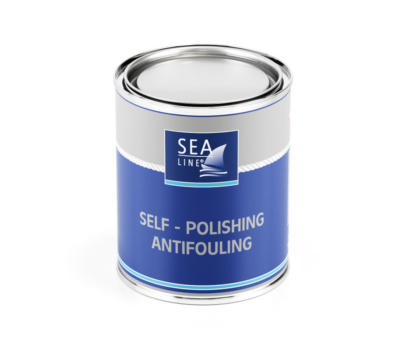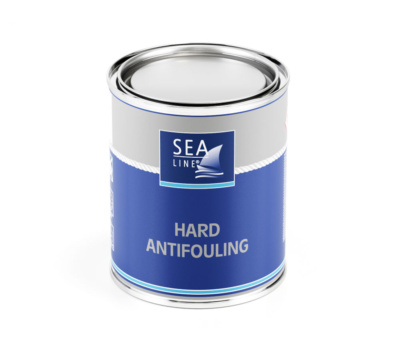It is designed for use on aluminum, steel, laminate, and wood.
| Color | Capacity | Code |
|---|---|---|
| white | 750 ml / 2,5 l | 5859 / 5861 |
| navy / blue | 750 ml / 2,5 l | 8026 / 8027 |
| black | 750 ml / 2,5 l | 8029 / 8030 |

Exposure of a freshly applied antifouling paint to moist air can lead to color change. The discoloration is only superficial and does not affect the effectiveness of the antifouling paint.
Product removed from offer 1 March 2022.
Manually:
Spray:
| Type | aluminum, GRP laminates, wood, steel | |
| Place | Below waterline | |
| Function | Antifouling paint discourages the growth of barnacles, weed, and | |
| Application | brush, roll, spray gun other water life on the submersed hull of the boat. | |
| Thinning** | No recomended | |
| Theoretical coverage For 1l | 11 m2 for 90 μmWFT/ 50 μm DFT | |
| Coats number | 1 – 3 | |
| Pot life 20°C | Min 5 h – max 7 days | |
| Time between layers without sanding | Min 12 h – max 6 months | |
In the case of high temperatures and the need to thin the antifouling paint, a maximum dilution of 0-5% (by volume) is recommended.
Dilution and the application method directly affect the thickness of the antifouling paint layer.
Special attention should be paid to obtaining a specific coating thickness (100 μm DTF), which ensures the effective operation of the antifouling paint.

The self-polishing antifouling paint is a product recommended primarily for protecting the hulls of fiberglass

Hard antifouling is a hard antifouling paint recommended for owners of motorboats and sailboats moving

It does not contain any active substances, such as toxic biocides.
Sea-Line HARD and Sea-Line self-polishing antifouling are not intended for aluminum surfaces. They include copper oxide, which in contact with aluminum causes galvanic corrosion. Especially on aluminum, we offer ALU-PLUS self-polishing anti-fouling paint, which, in addition to excellent adhesion to aluminum, is also 30% more effective than traditional anti-fouling paints.